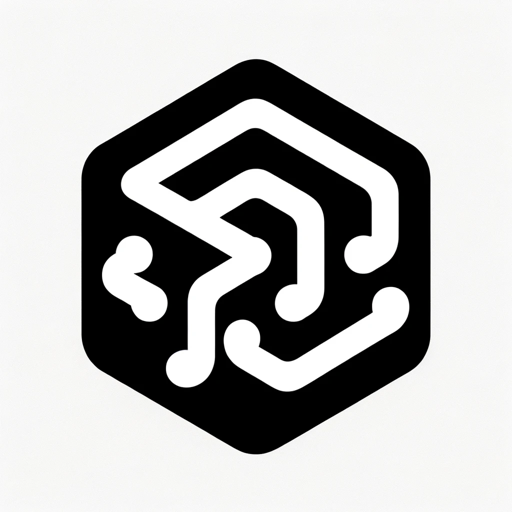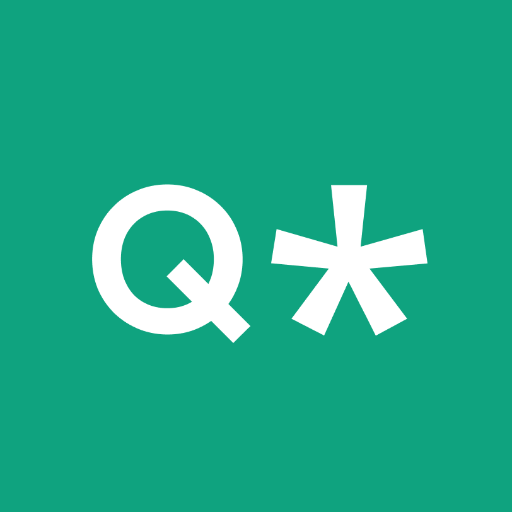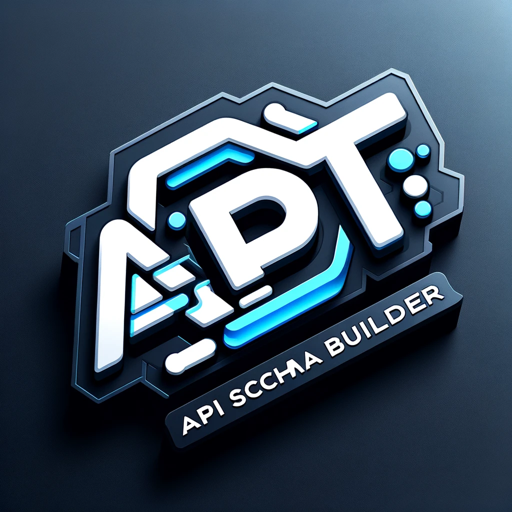GraphQL-GraphQL development support
AI-powered GraphQL Developer Assistance
🚀 Write some queries for the SpaceX API
👨🏽💻 Create a GraphQL API and write queries
🪲 Find any bug or improvement in my query
💡 Teach me a useful skill or trick in GraphQL
Related Tools
Load More
API Docs
OpenAI API, GPTs, Documentation and CookBook

GA4 SQL
Your assistant for writing Google Analytics 4 BigQuery SQL queries

API Builder 👉🏼 OpenAPI Schema
Highly sophisticated and complete agent for generating APIs, perfect for GPT Actions. Can create an OpenAPI schema.

Q*
Developer Preview | v0.2.5

Prisma
A Prisma expert that will write complete, clean and scalable Prisma schemas for your database

GPT API Schema Builder
Create an API Spec For You Custom GPT. Instantly turn API docs into OpenAPI specs with our tool! Paste a cURL or a doc link, and get a perfect spec in a snap. It’s quick, easy, and error-free. Perfect for devs who want to save time and hassle.
20.0 / 5 (200 votes)
Introduction to GraphQL
GraphQL is a query language for APIs and a runtime for executing those queries by using a type system you define for your data. Created by Facebook in 2012 and released publicly in 2015, GraphQL provides a more efficient, powerful, and flexible alternative to REST. It allows clients to request exactly the data they need, reducing the amount of data transferred over the network and improving the overall performance of applications. GraphQL's design purpose is to make APIs more flexible and efficient, allowing clients to request precise data, thereby optimizing the bandwidth and response time. This is particularly useful for applications with complex data structures and relationships, such as social networks or e-commerce platforms.

Main Functions of GraphQL
Querying
Example
A client can request a user's profile including only their name and email address instead of fetching all user data.
Scenario
In a social media application, a mobile client needs to display a user's name and profile picture. With GraphQL, the client can query exactly those fields, reducing unnecessary data transfer and speeding up the app.
Mutations
Example
A client can submit a mutation to update a user's profile information.
Scenario
In an e-commerce platform, when a user updates their shipping address, a GraphQL mutation can be used to change the address in the database, ensuring only the necessary data is sent and modified.
Subscriptions
Example
A client subscribes to real-time updates of new messages in a chat application.
Scenario
In a live sports score application, clients can subscribe to score updates, receiving real-time notifications whenever a score changes, providing a dynamic and interactive user experience.
Ideal Users of GraphQL
Frontend Developers
Frontend developers benefit from GraphQL's ability to request only the data needed for the UI, making data management more efficient and reducing the complexity of managing state in applications. This allows for quicker iteration and more dynamic and responsive user interfaces.
Mobile App Developers
Mobile app developers gain significant advantages from using GraphQL due to its efficient data fetching capabilities. By minimizing over-fetching and under-fetching of data, mobile applications can run more smoothly and consume less bandwidth, which is crucial for providing a good user experience on mobile networks.

How to Use GraphQL
Step 1
Visit aichatonline.org for a free trial without login, also no need for ChatGPT Plus.
Step 2
Install GraphQL dependencies using npm or yarn in your project. For example: `npm install graphql express-graphql`.
Step 3
Define your schema using GraphQL schema language, specifying types, queries, and mutations.
Step 4
Set up your GraphQL server by integrating it with your web server framework, such as Express for Node.js.
Step 5
Write resolvers to handle the logic for your queries and mutations, and then test your GraphQL API using tools like GraphiQL or Postman.
Try other advanced and practical GPTs
AI Business Consultation Audit
Optimize Your Business with AI Insights.

Personal Stylist
AI-powered Personal Stylist for All

TTA 1e stap news
AI-Powered Text Summarization Made Easy

Multiverse Christian
Experience miraculous living through AI-powered faith.

Code Guru
AI-powered tool for coding proficiency

Email Wizard
AI-Powered Email Solutions for Everyone

Reversed Text Decoder
AI-powered tool for decoding reversed text

Avatar Utópico do Alex Hormozi | $100MM Offer
Transform your offers with AI precision

Perplexity AI
Unlock Insights with AI-Powered Search

Python Code Architect
AI-powered solutions for Python development.

Educational Worksheet Wizard
AI-powered educational worksheet creation

Ideal Client Profile
AI-powered insights for understanding your ideal client

- Web Development
- API Integration
- Mobile Apps
- Real-time Data
- Data Fetching
GraphQL Q&A
What is GraphQL?
GraphQL is a query language for APIs and a runtime for executing those queries by using a type system you define for your data.
How does GraphQL differ from REST?
Unlike REST, which uses multiple endpoints for different resources, GraphQL allows you to access multiple resources with a single endpoint, specifying exactly what data you need.
What are the benefits of using GraphQL?
GraphQL offers efficient data retrieval, reduces over-fetching and under-fetching of data, provides a strong type system, and supports real-time data with subscriptions.
How do you handle errors in GraphQL?
Errors in GraphQL are handled by returning an `errors` array in the response, which includes details about what went wrong, helping in better debugging and error handling.
Can GraphQL be used with any database?
Yes, GraphQL is database-agnostic. You can use it with any database by writing resolvers that fetch data from your specific data sources, whether SQL, NoSQL, or other services.